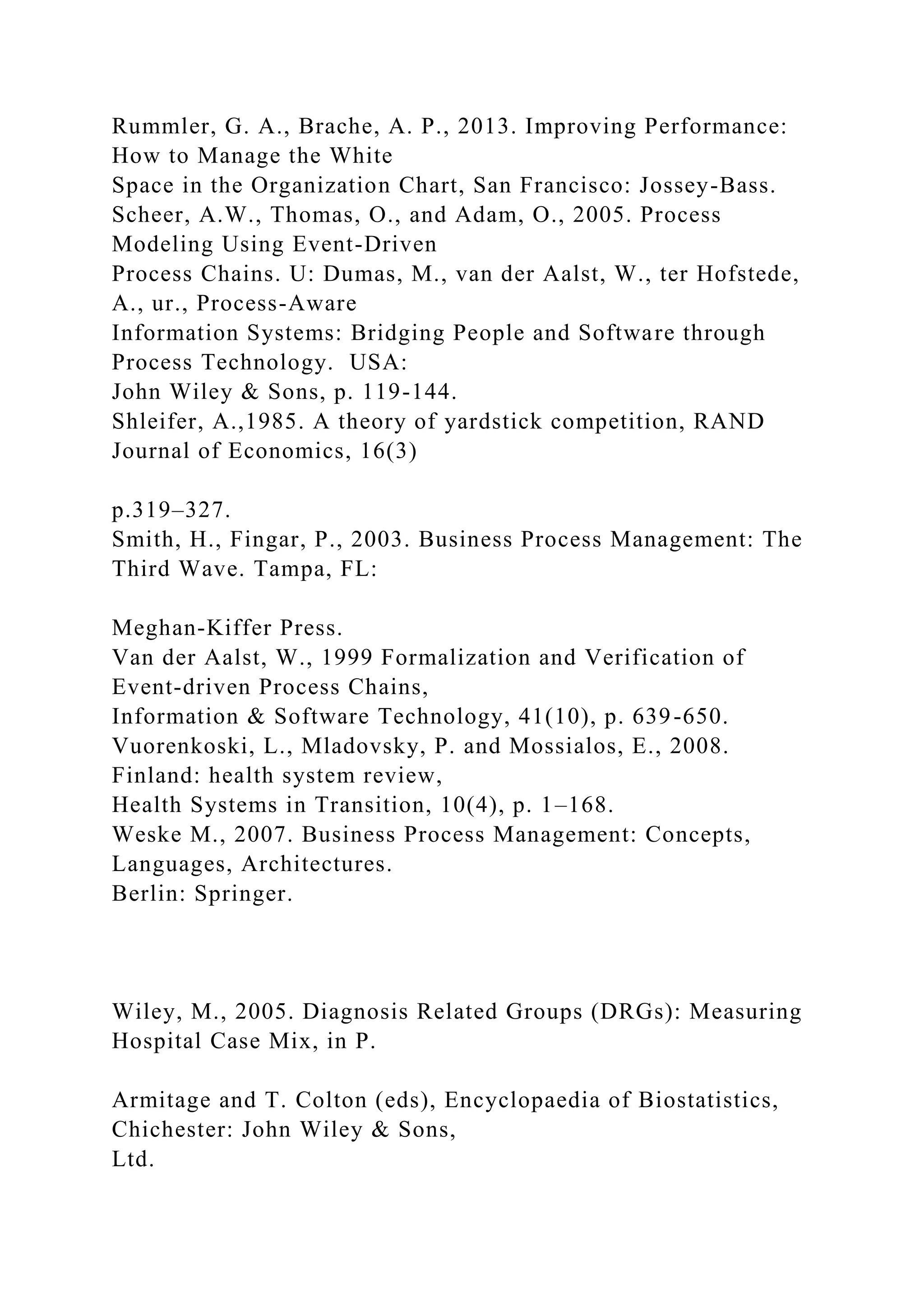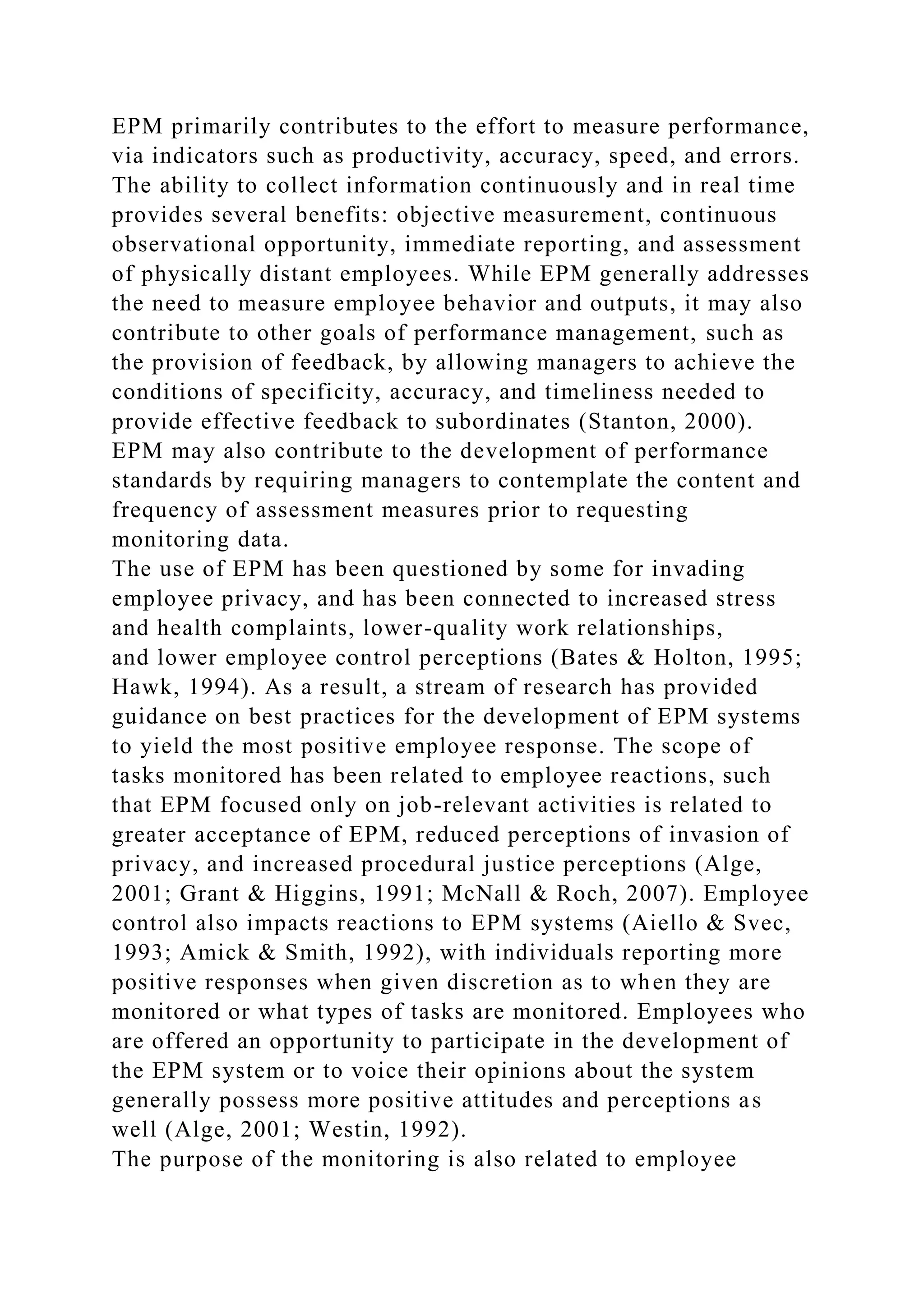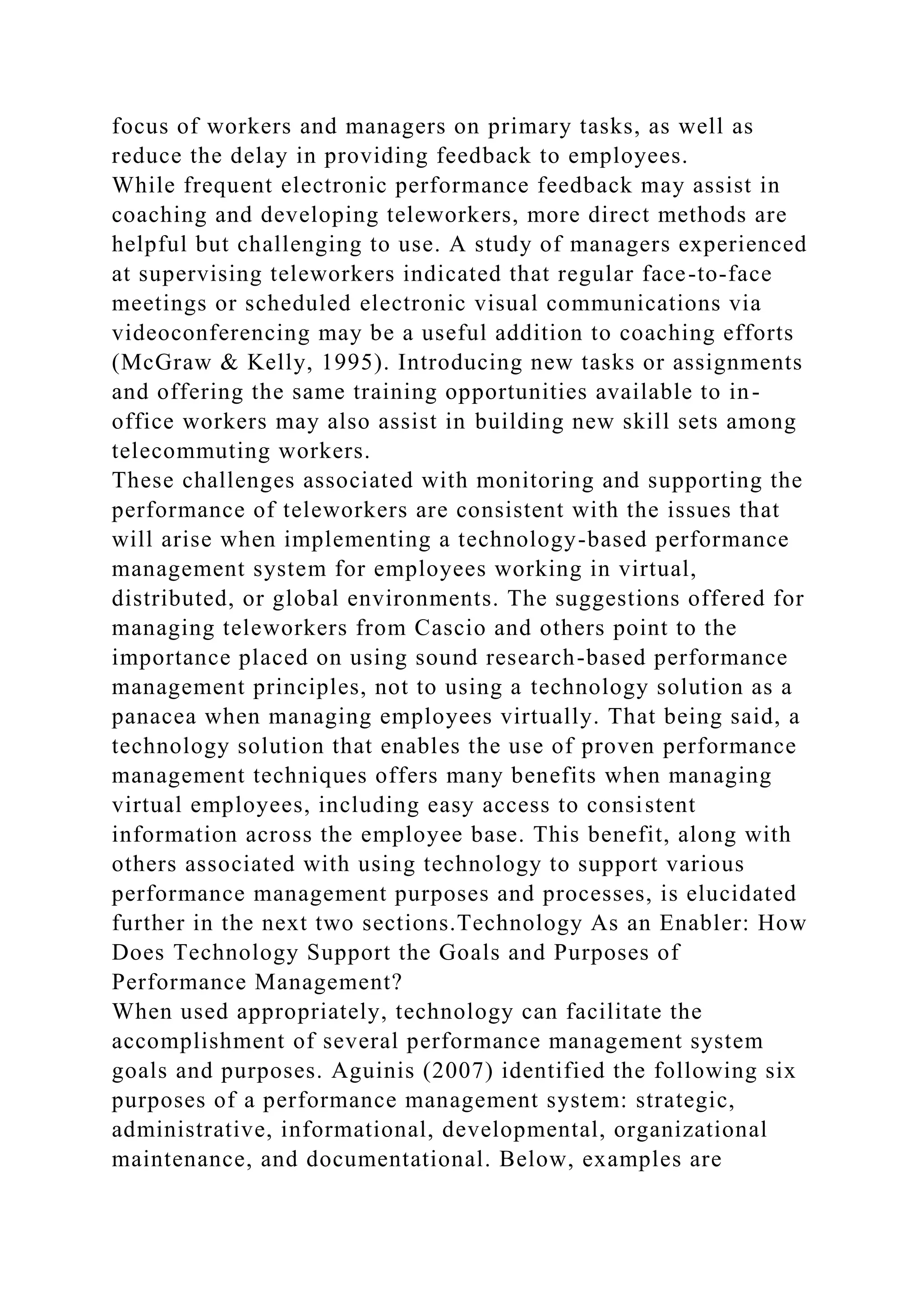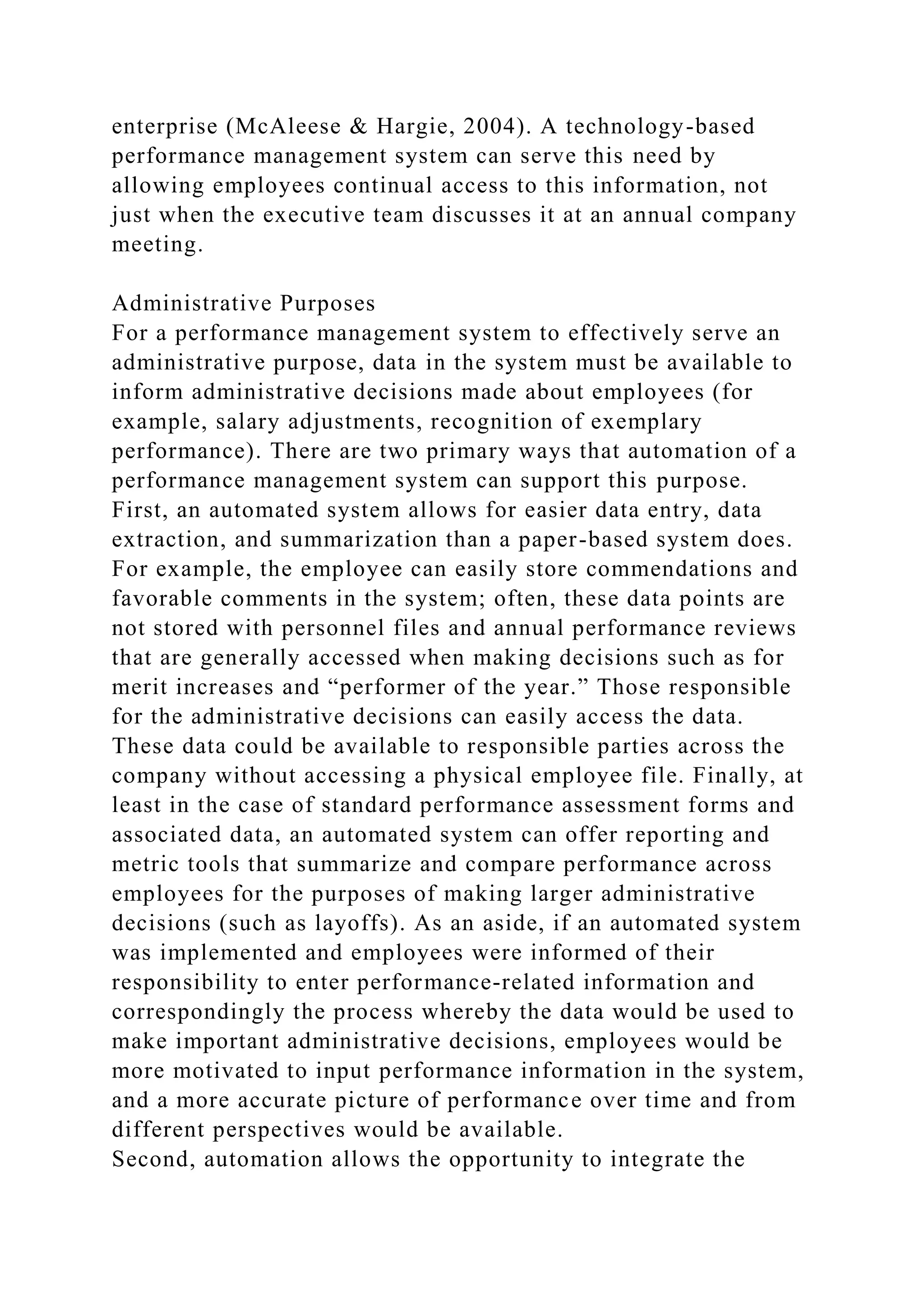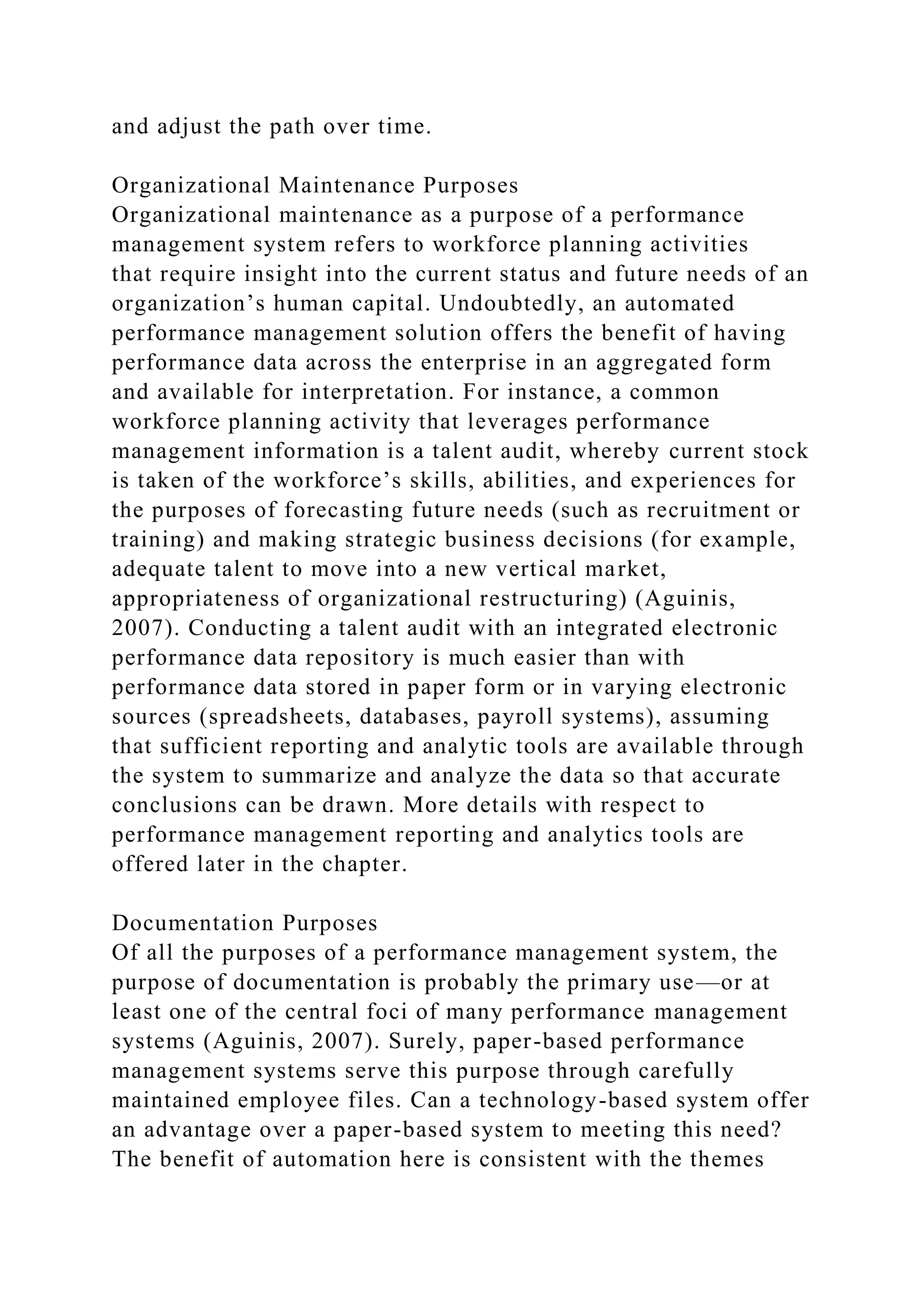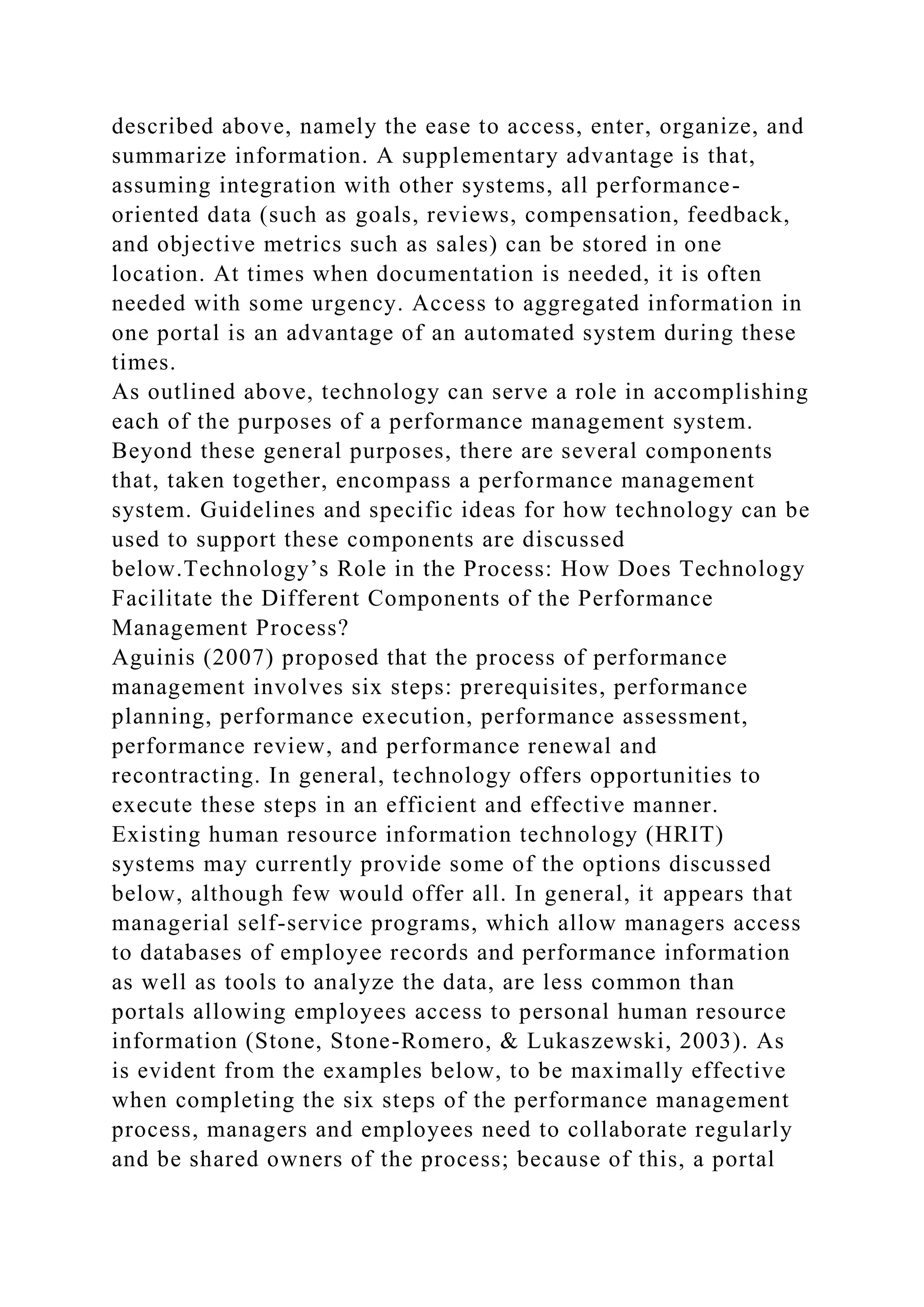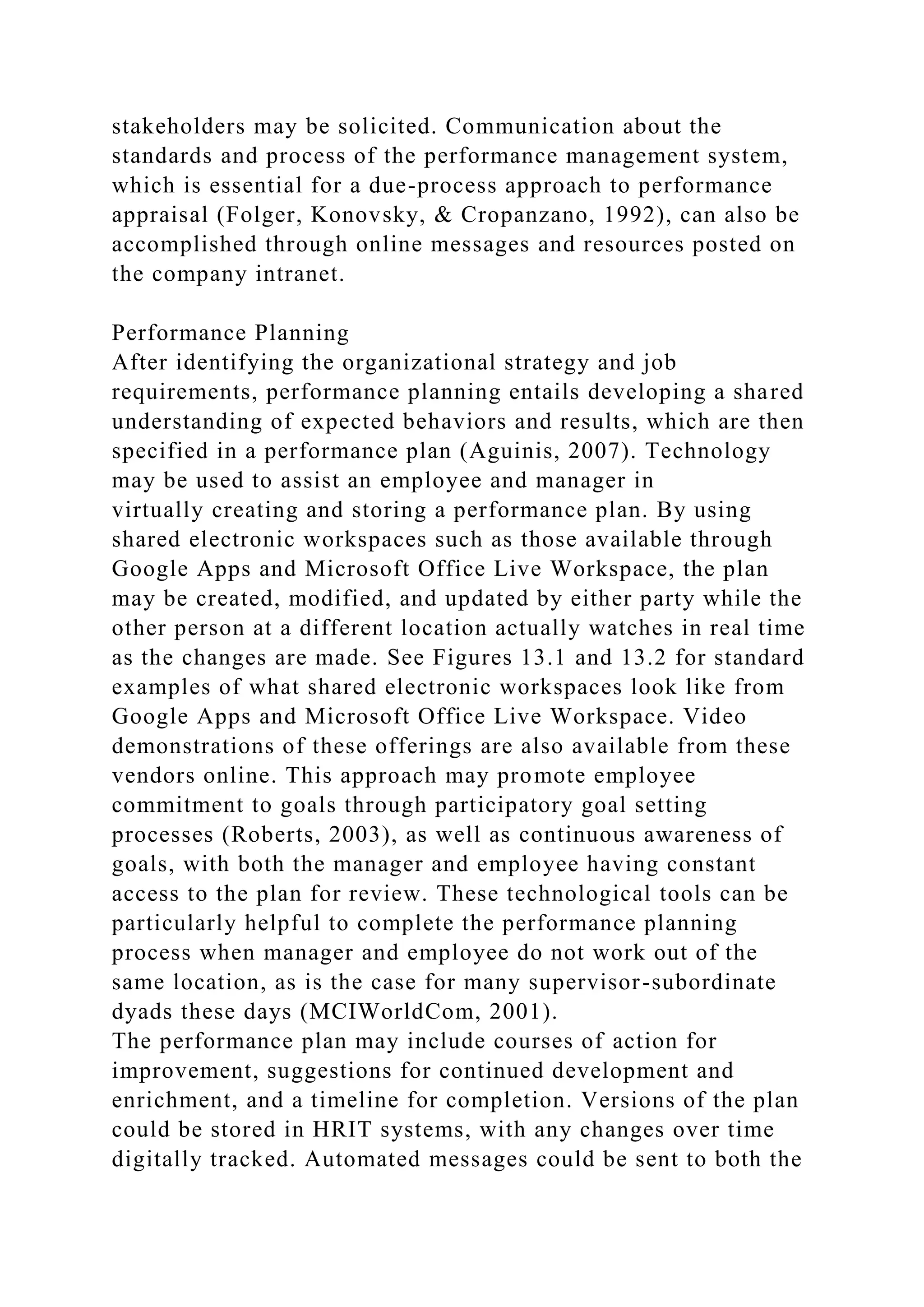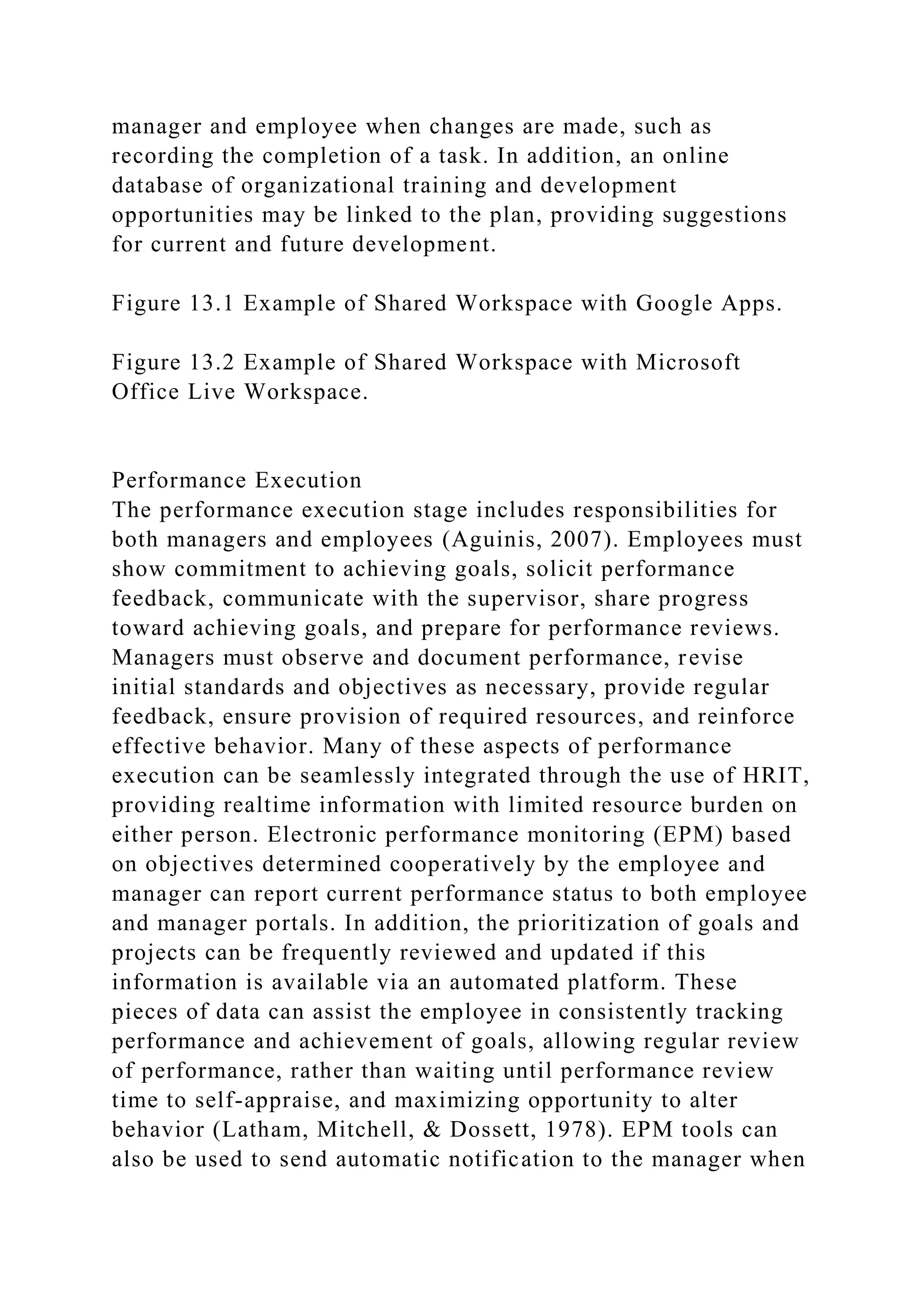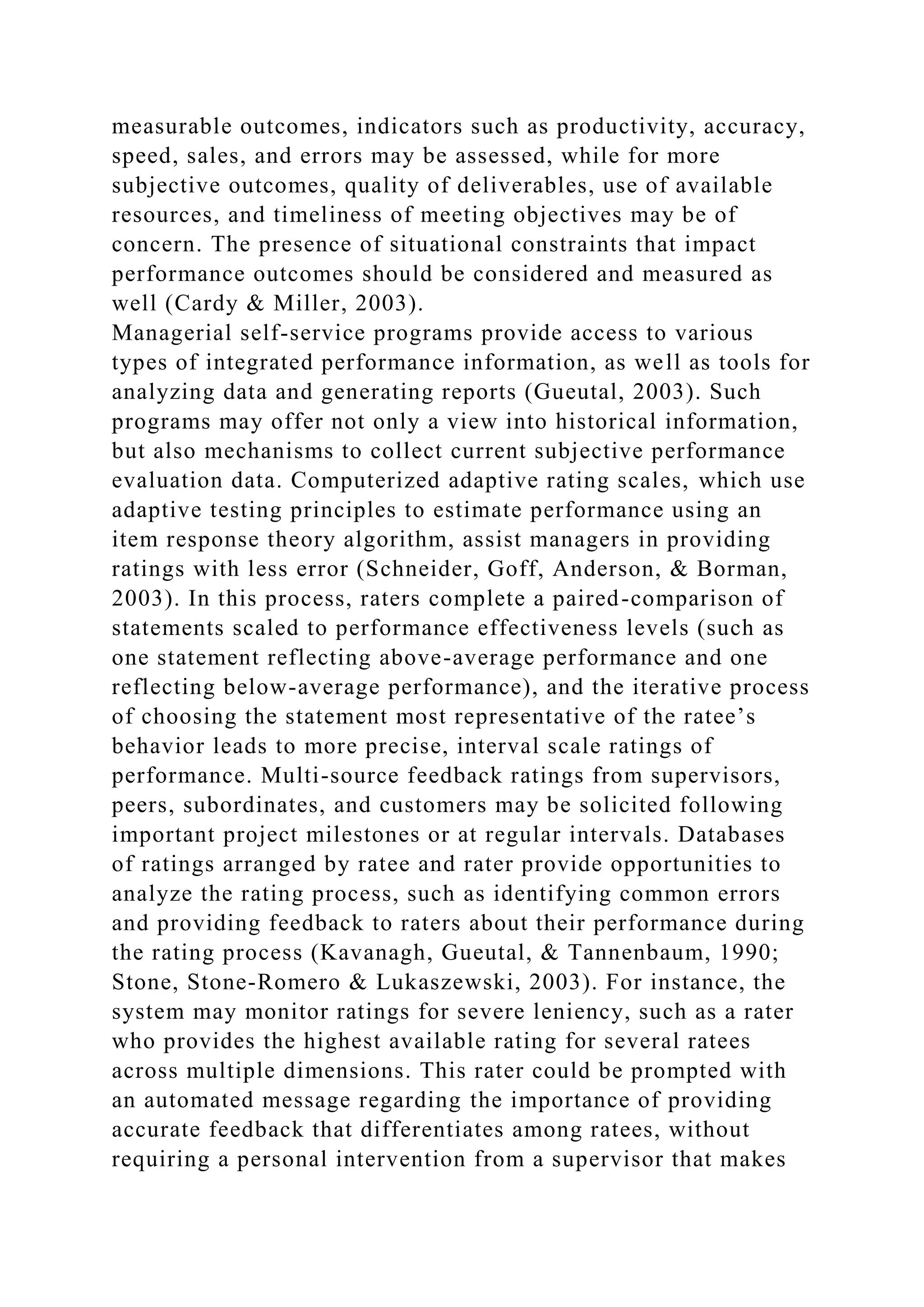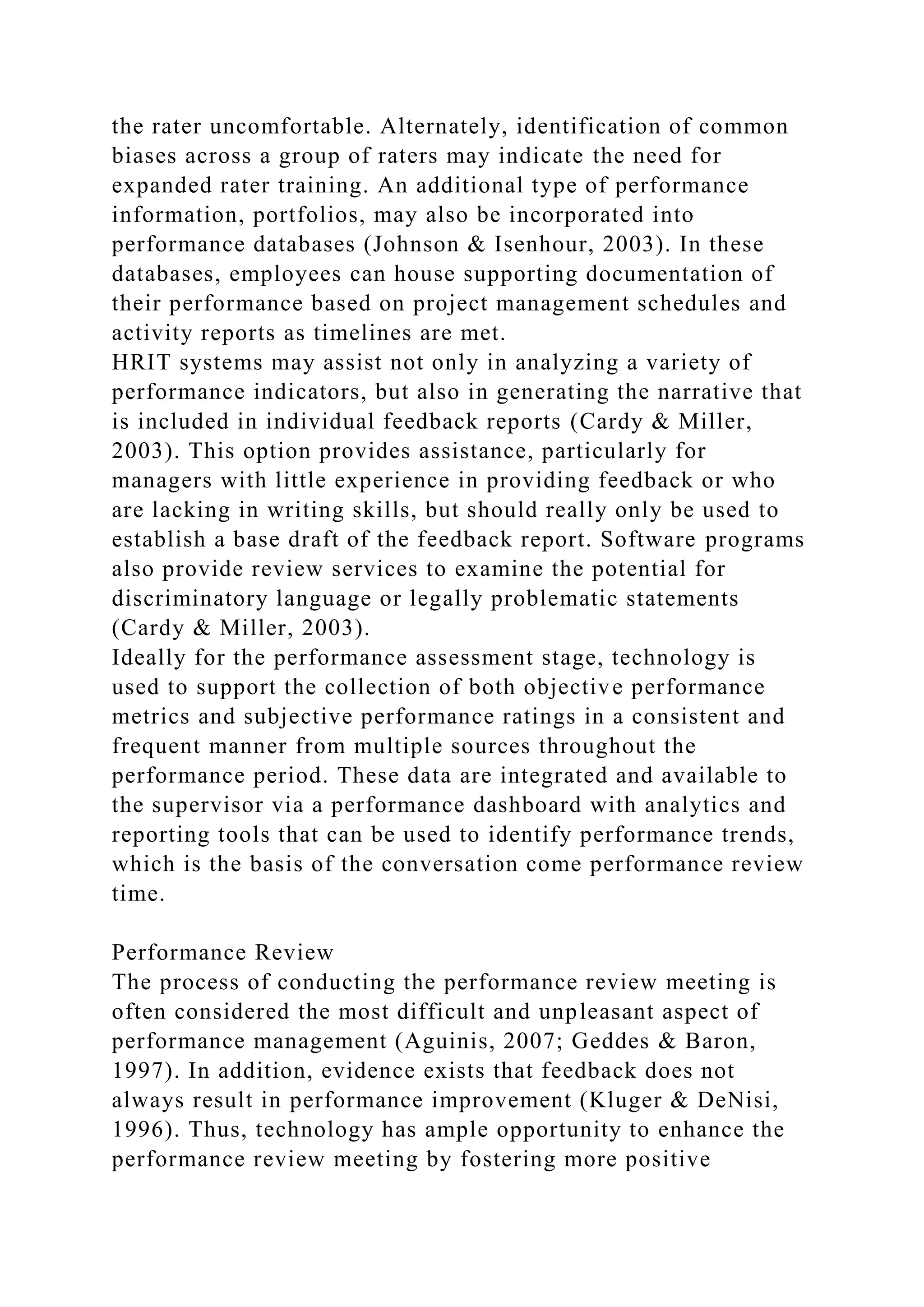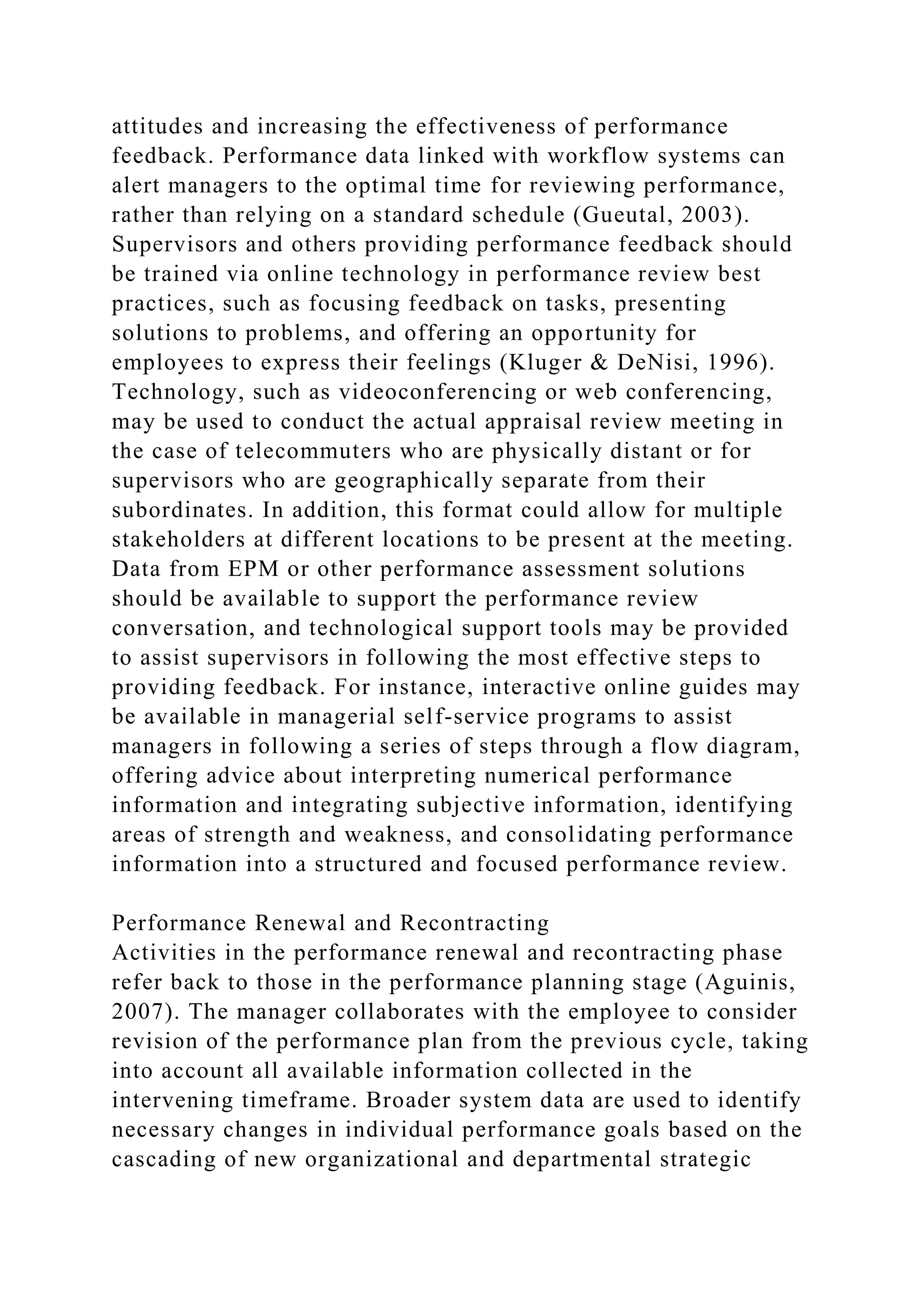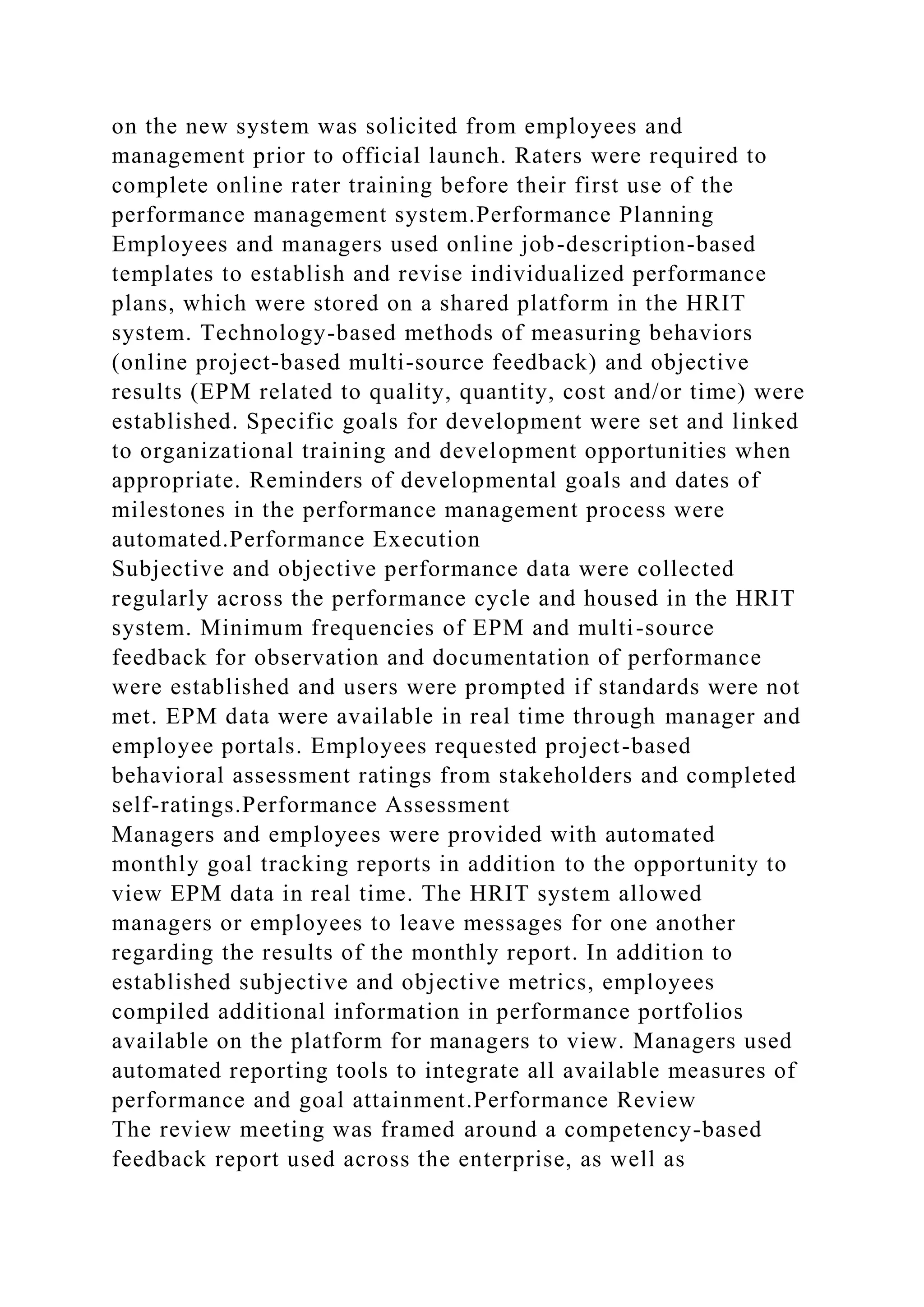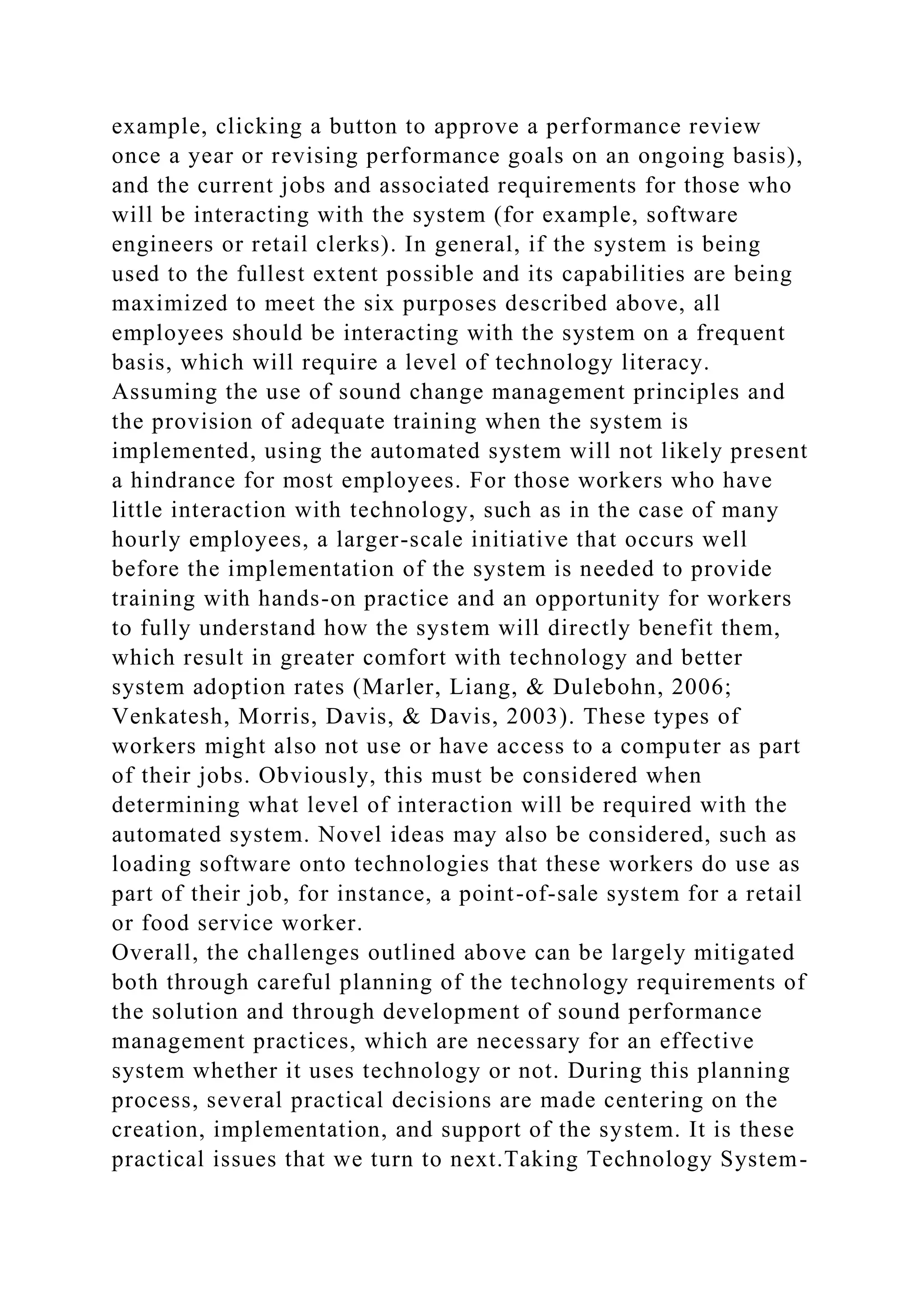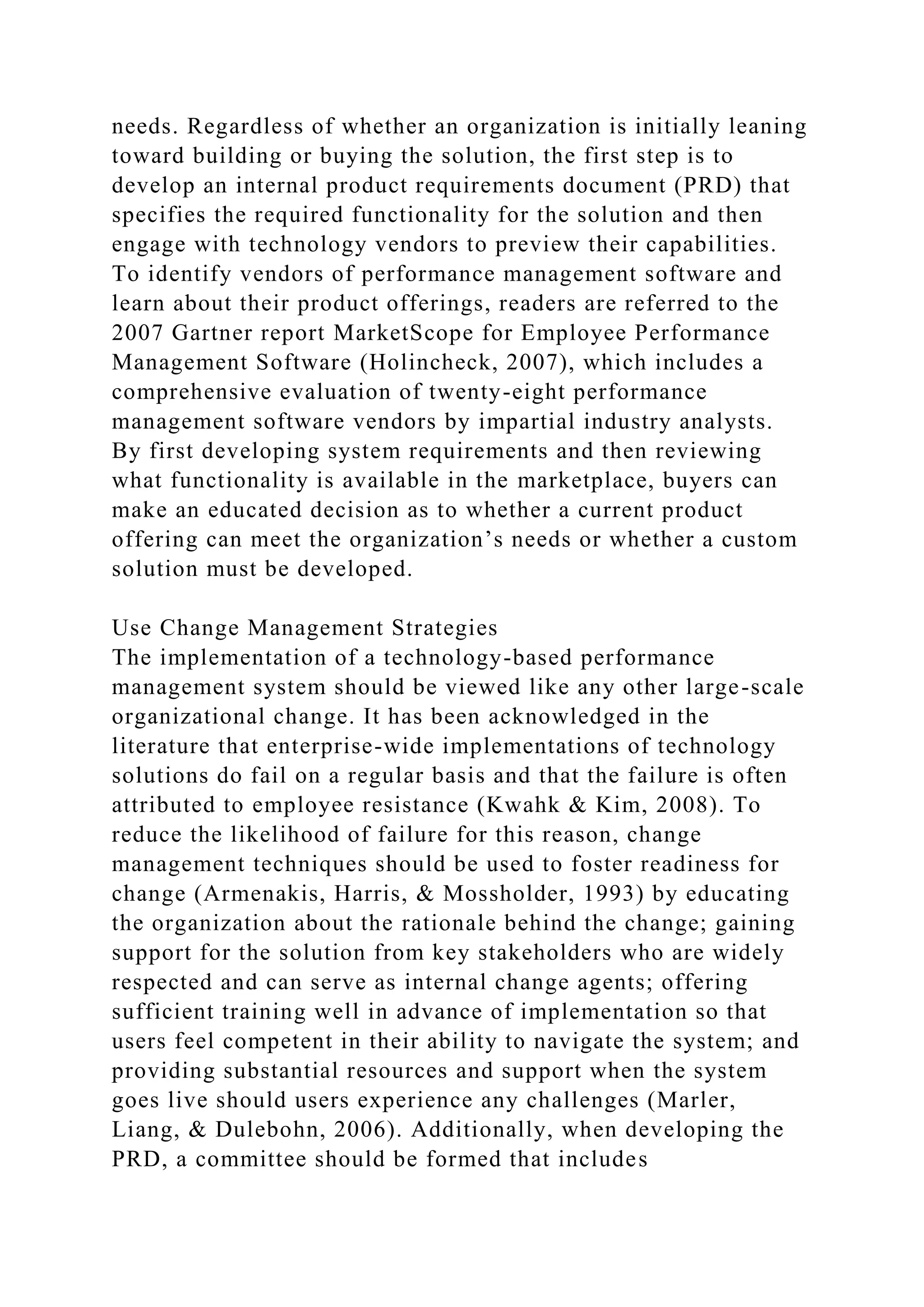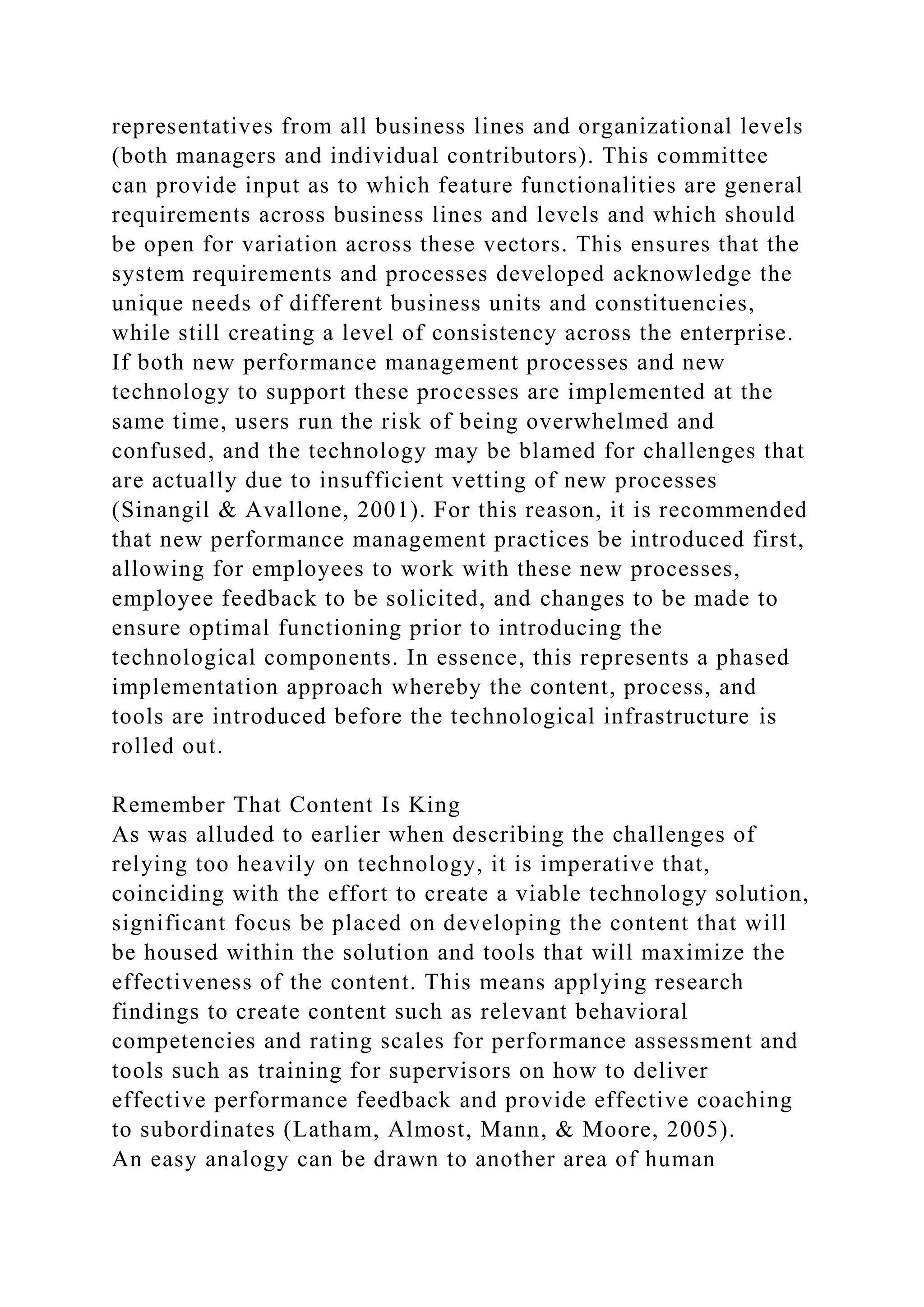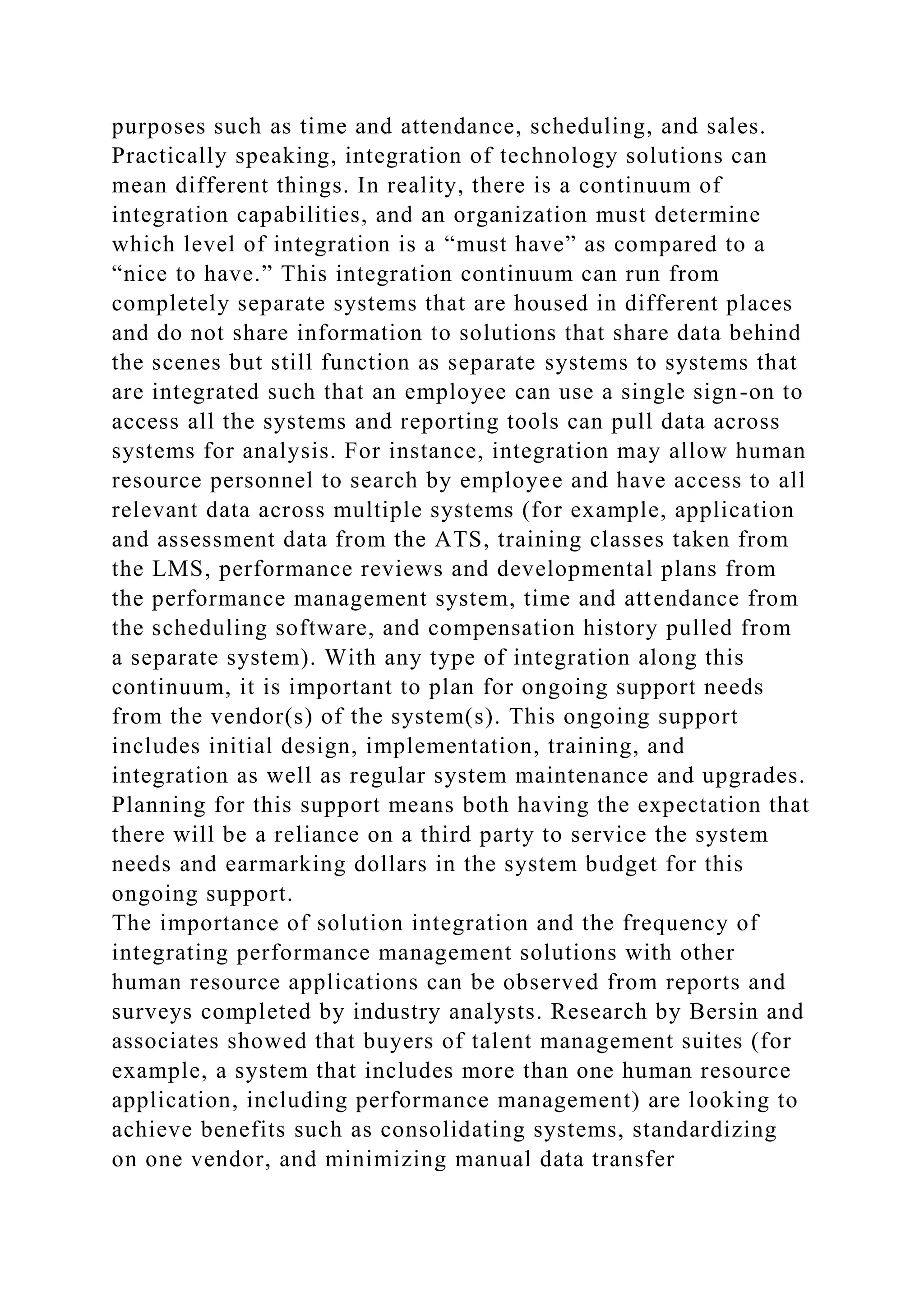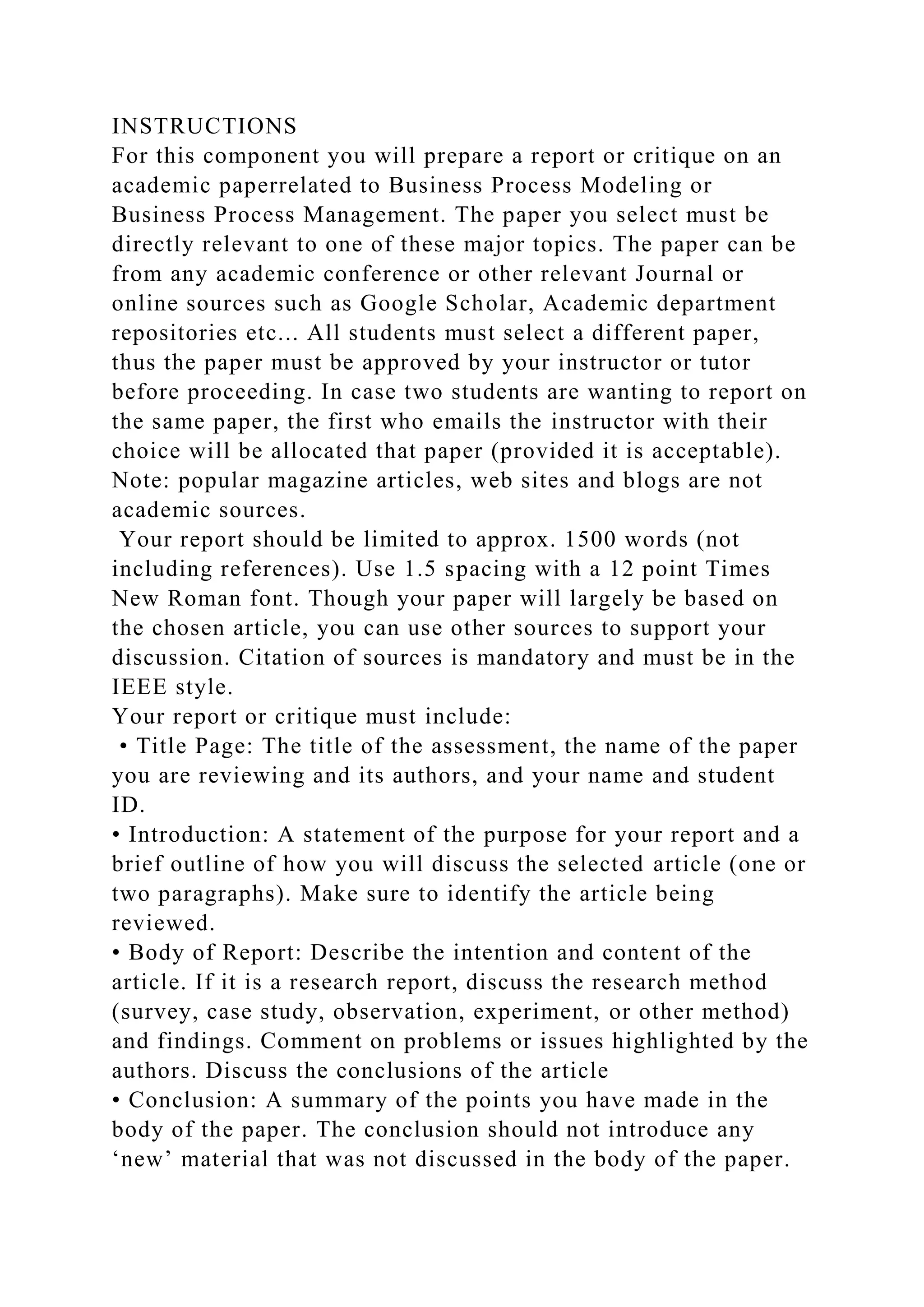This paper discusses the significance of business processes in cost management within healthcare institutions, emphasizing the need for management information systems and cost accounting to enhance efficiency and assess economic performance. The introduction of the activity-based costing (ABC) method is proposed to accurately track costs associated with services, allowing hospitals to make informed decisions and improve financial sustainability. The implementation of the ABC method in various European countries has shown promising results in enhancing healthcare service quality and operational efficiency.
![BUSINESS PROCESSES IN THE FUNCTION OF COST
MANAGEMENT IN HEALTHCARE INSTITUTIONS
1
1
st
IVANA DRAŽIĆ LUTILSKY
Departement of Accounting
Faculty of Economics and Business
University of Zagreb
Croatia
[email protected]
2
nd
LUCIJA JUROŠ
Faculty of Economics and Business
[email protected]
Abstract: This paper is dealing with the importance of business
processes regarding costs
tracking and cost management in healthcare institutions.
Various changes within the health
care system and funding of hospitals require the introduction of
management information
systems and cost accounting. The introduction of cost](https://image.slidesharecdn.com/businessprocessesinthefunctionofcostmanagementinh-230108091038-25386d4b/75/BUSINESS-PROCESSES-IN-THE-FUNCTION-OF-COST-MANAGEMENT-IN-H-docx-1-2048.jpg)

![1
This work has been fully supported by University of Zagreb
funding the project “Business processes in the
implementation of cost management in healthcare system”, Any
opinions, findings, and conclusions or
recommendations expressed in this paper are those of the
authors and do not necessarily reflect the views of
University of Zagreb.
mailto:[email protected]
1 Introduction
In recent years, the efficiency of the management in health care
services and the system of
quality in health care institutions significantly increased.
Patients expect more from
healthcare providers and higher standards of care. At the same
time, those who pay for
health services are increasingly concerned about the rising costs
of health care services, but
also the potential ineffectiveness of the health care system.
Consequently, there is a broad
interest in understanding the ways of efficient work of health
care management and
development of practices in order to improve current approaches
in the management and
implementation of health care services. Cost management
through the development of an
internal accounting is recognized as an adequate way of
controlling and reducing or](https://image.slidesharecdn.com/businessprocessesinthefunctionofcostmanagementinh-230108091038-25386d4b/75/BUSINESS-PROCESSES-IN-THE-FUNCTION-OF-COST-MANAGEMENT-IN-H-docx-3-2048.jpg)
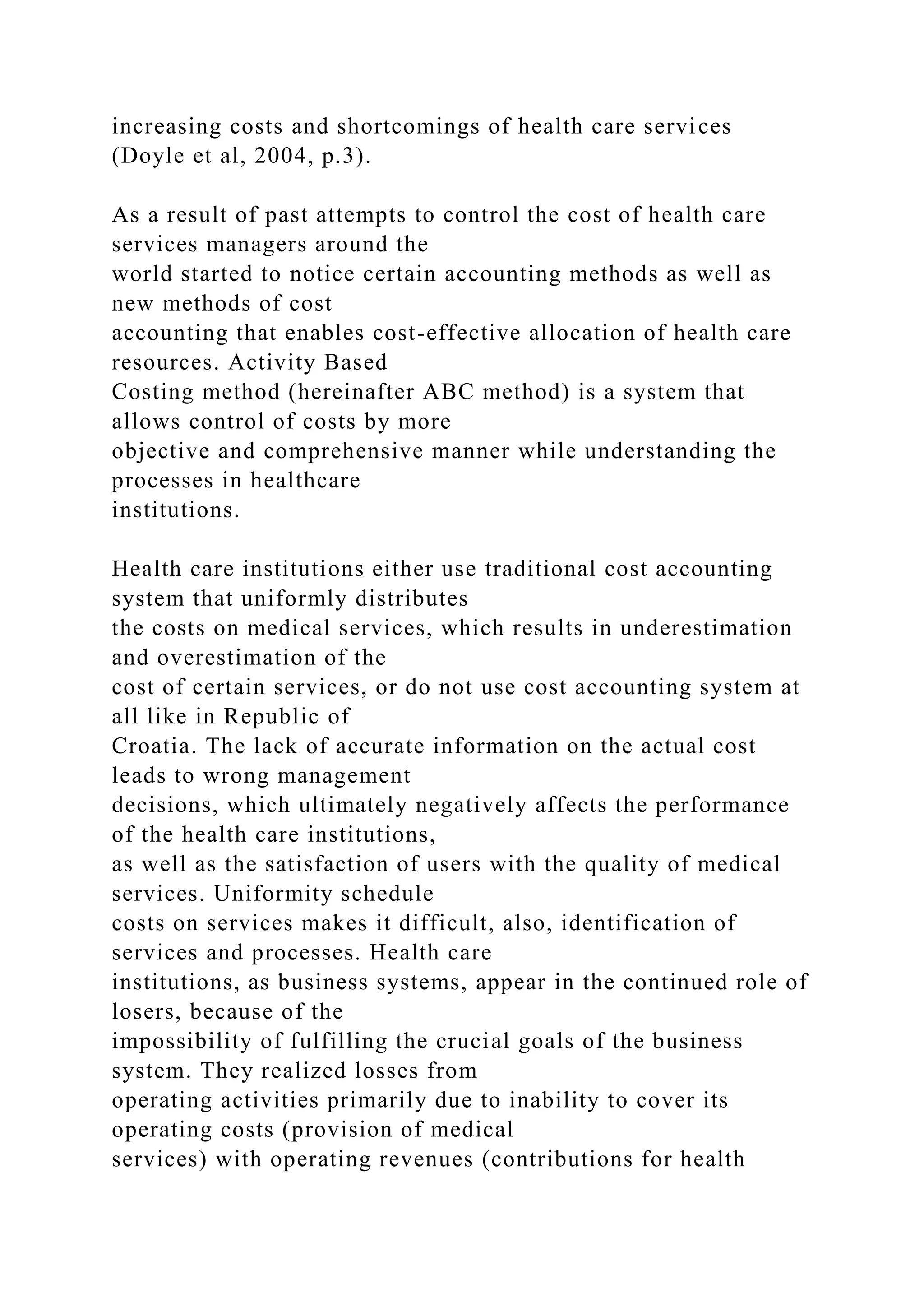



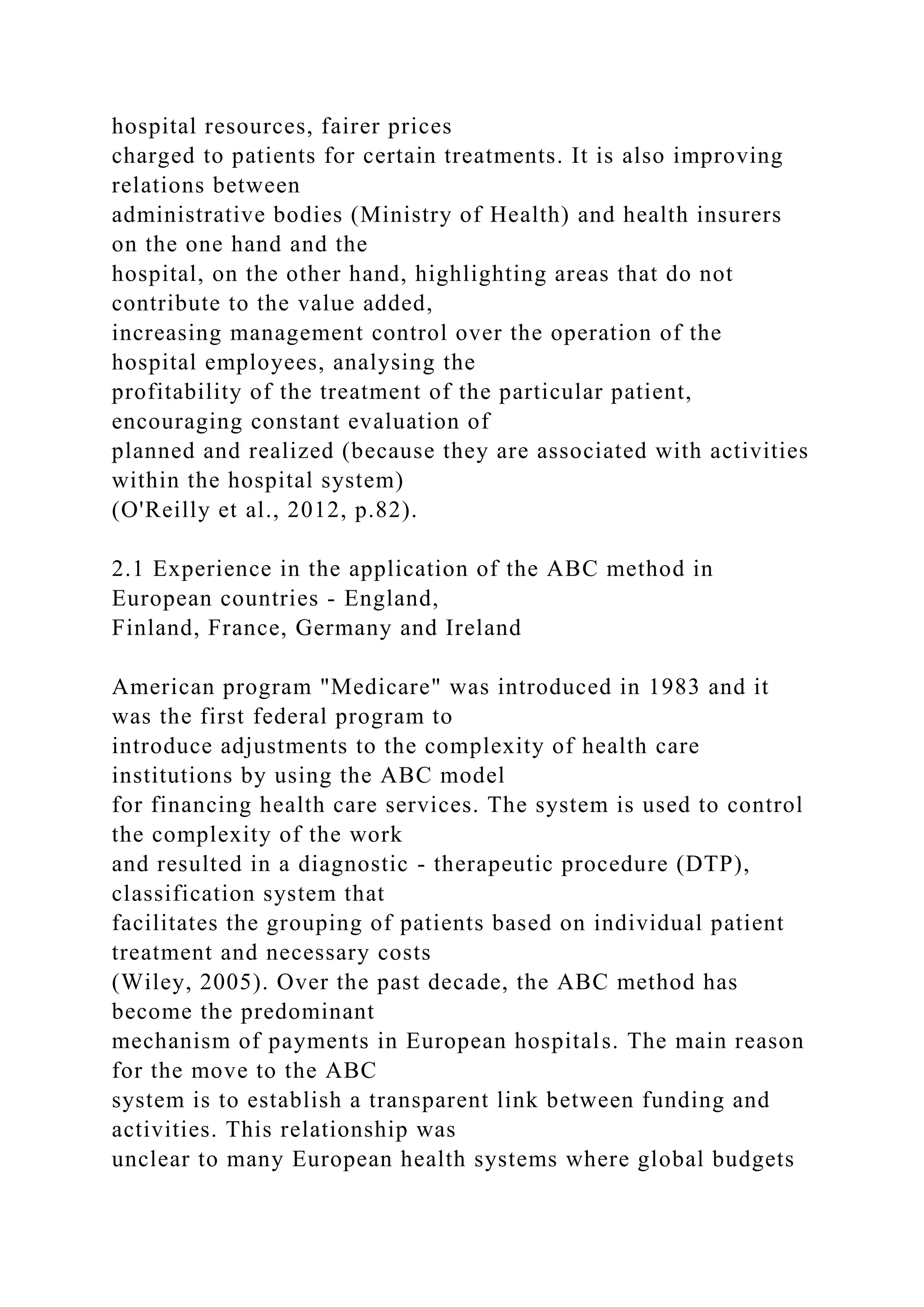
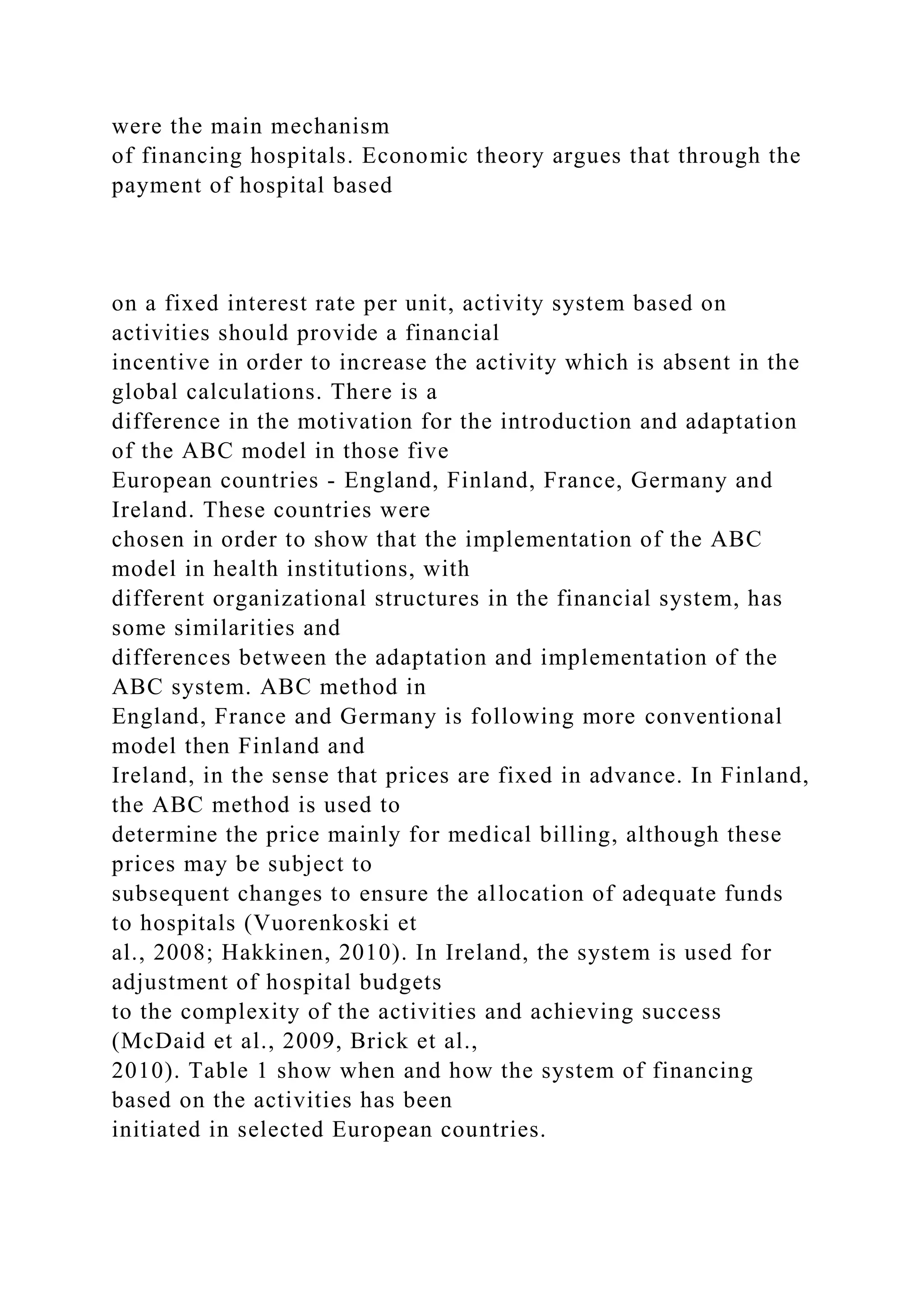







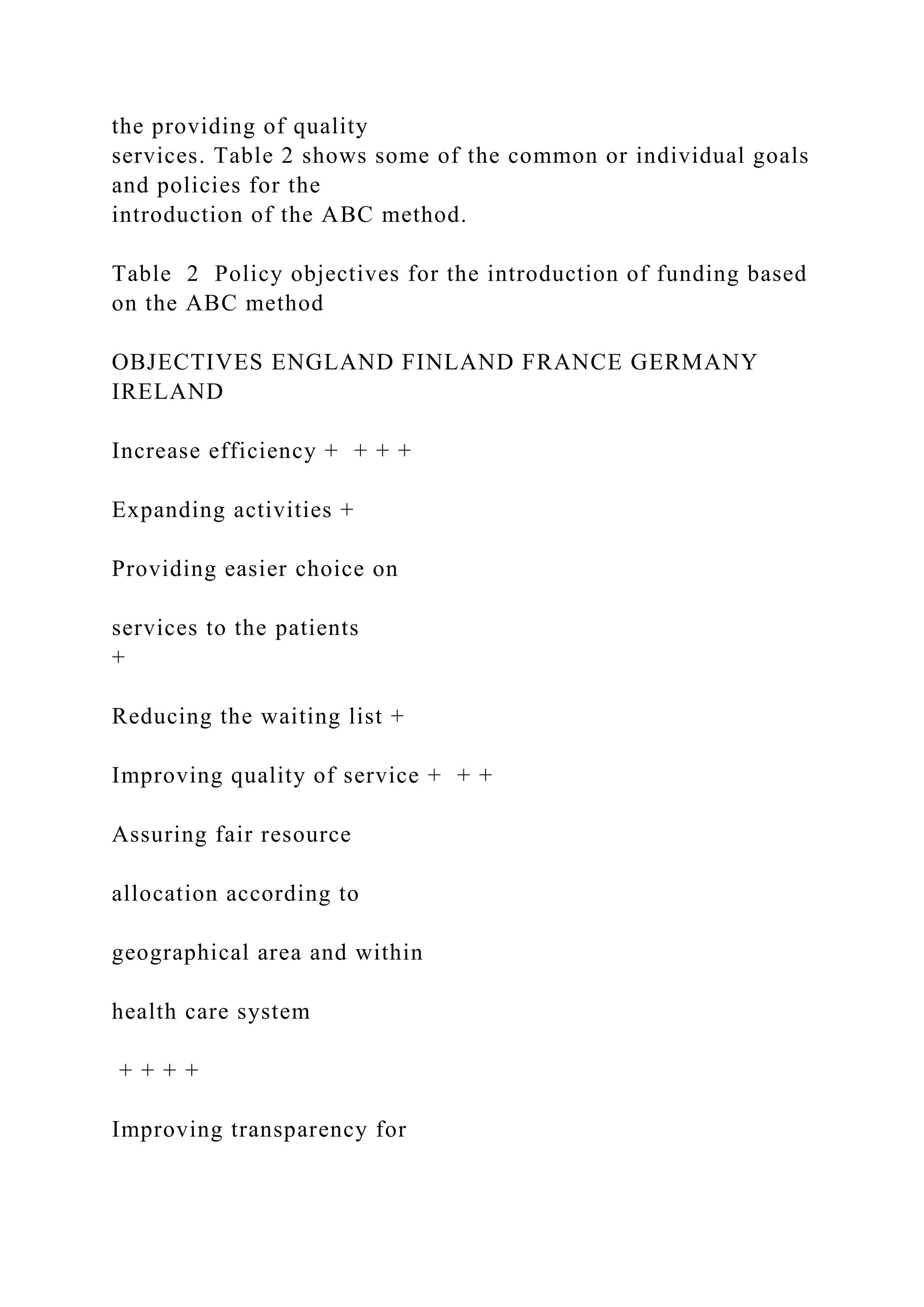





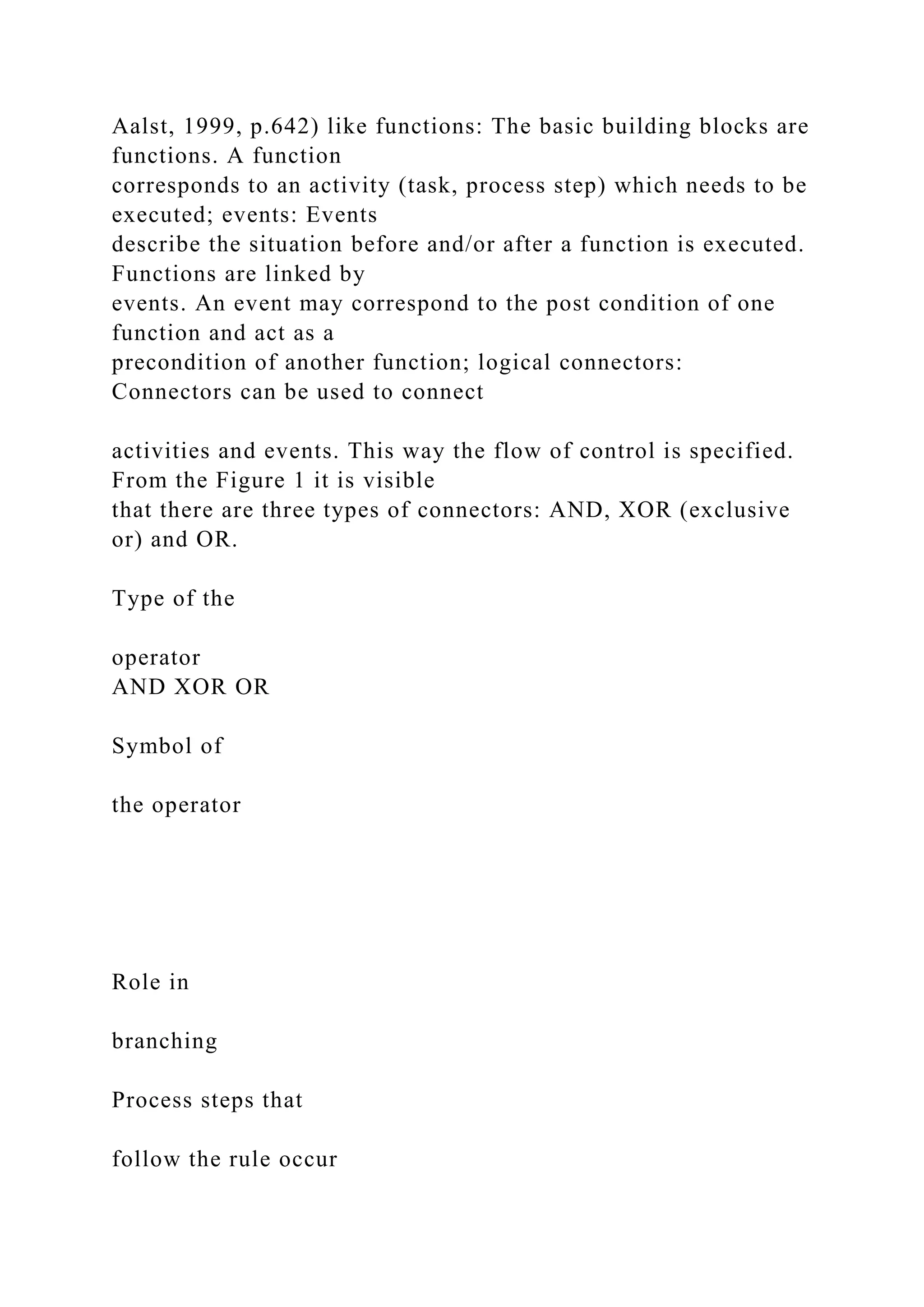

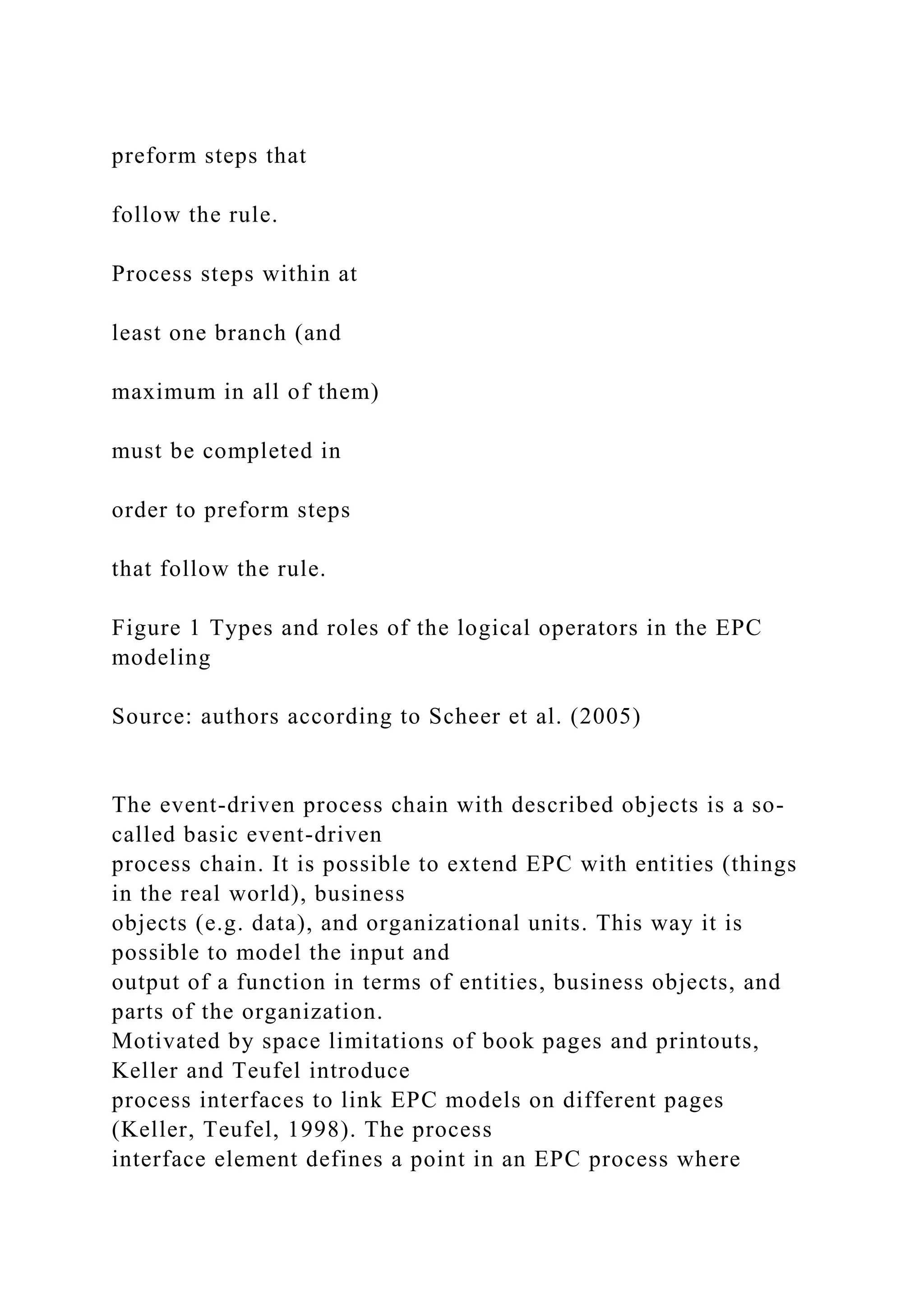



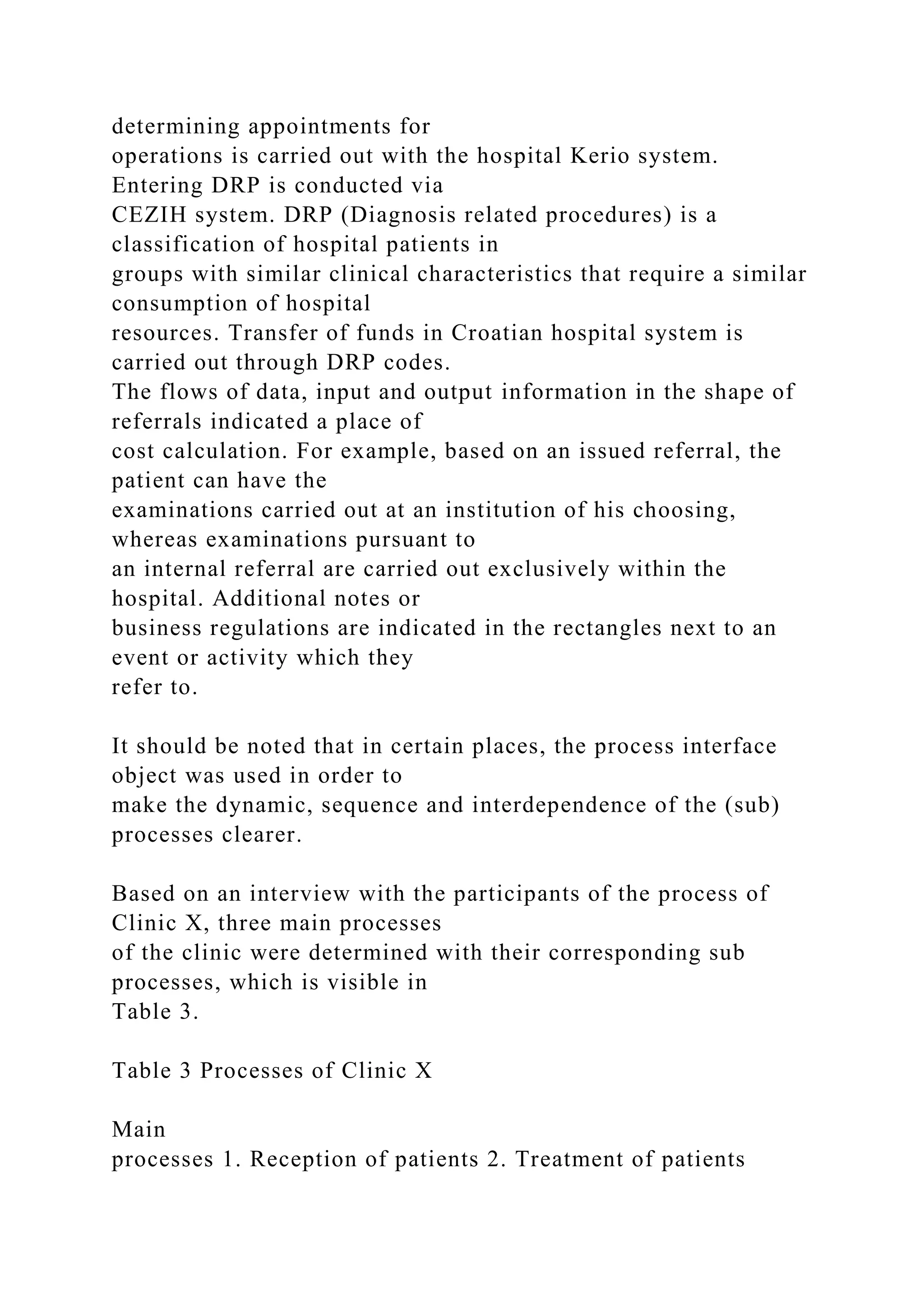

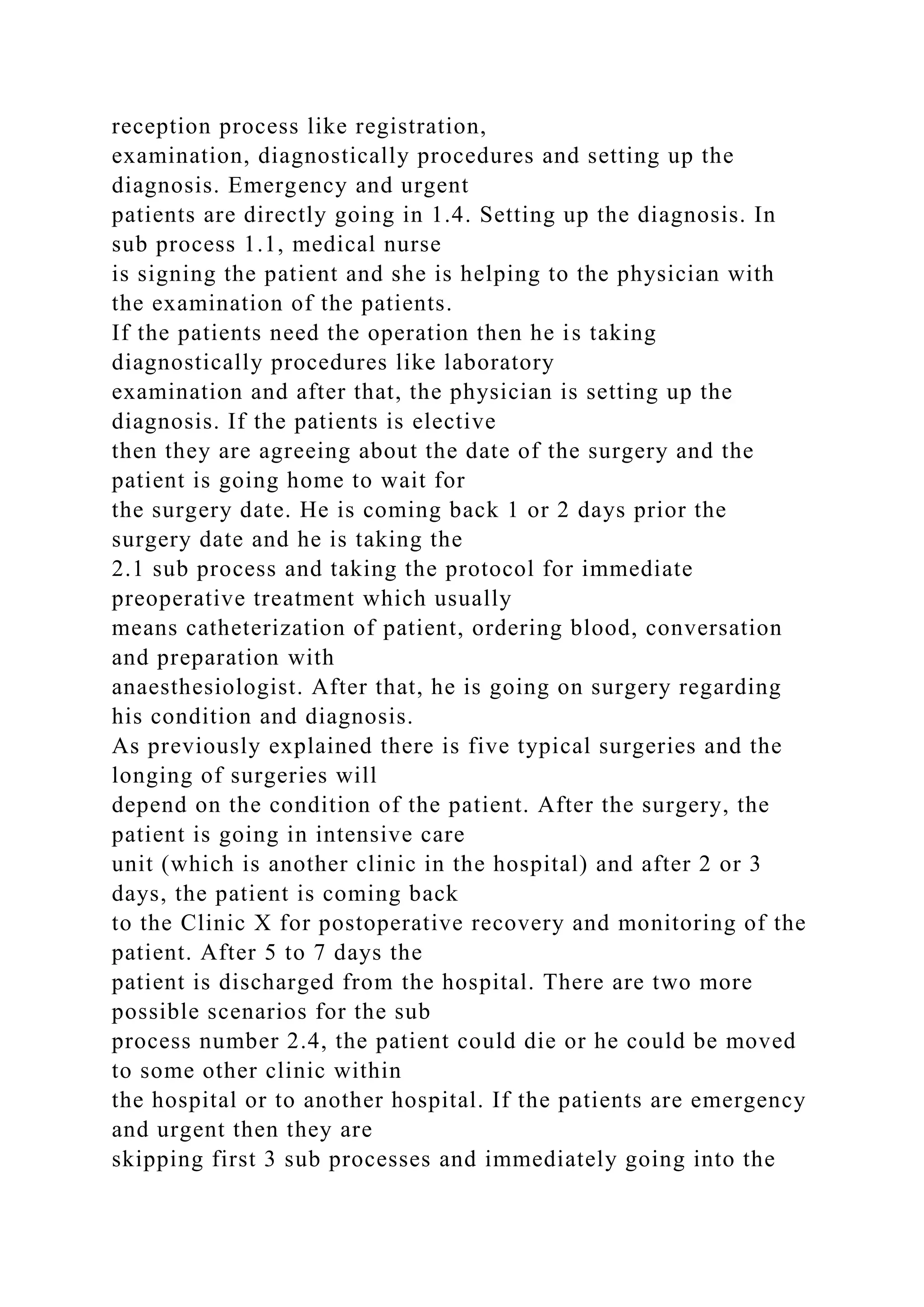





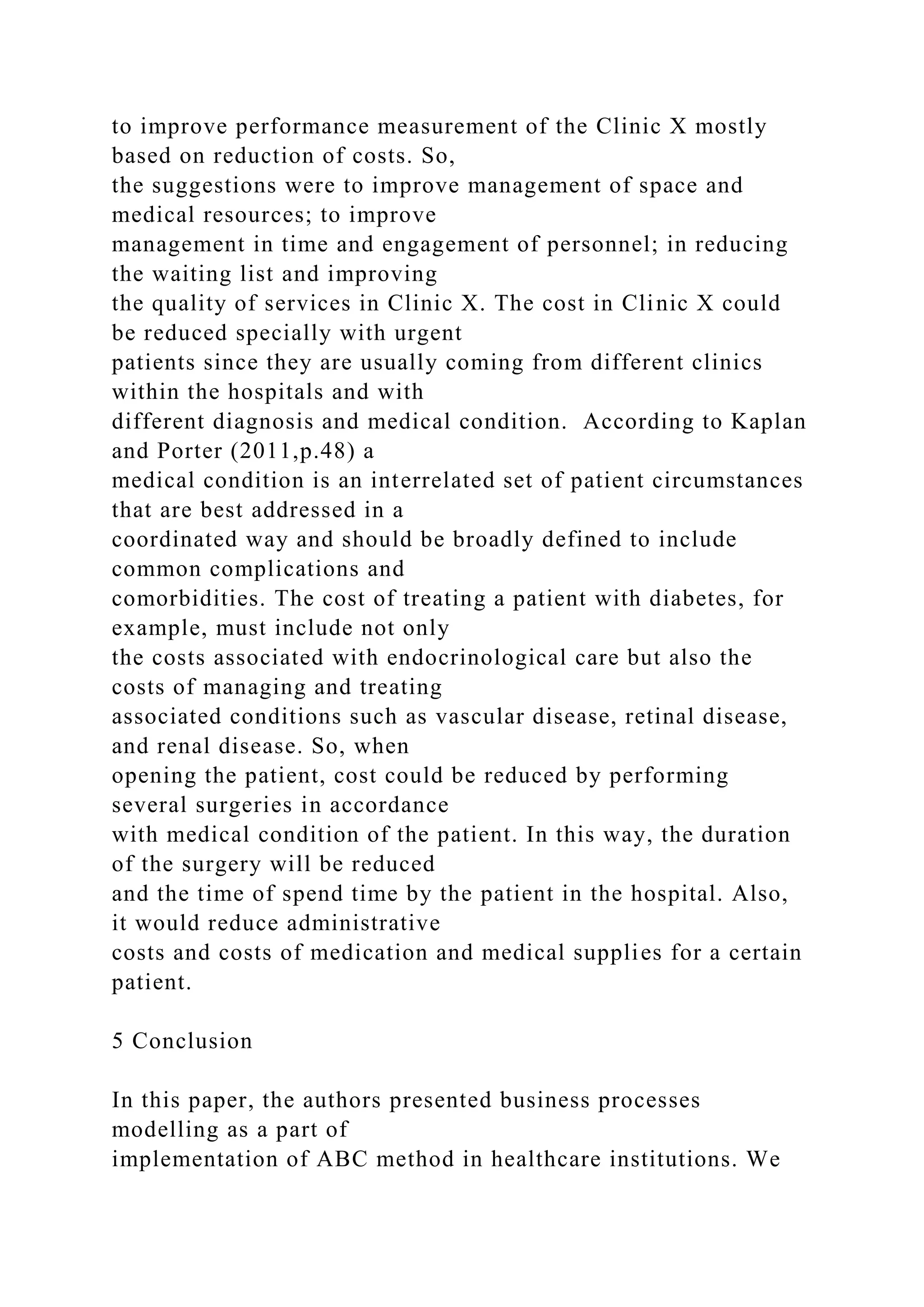
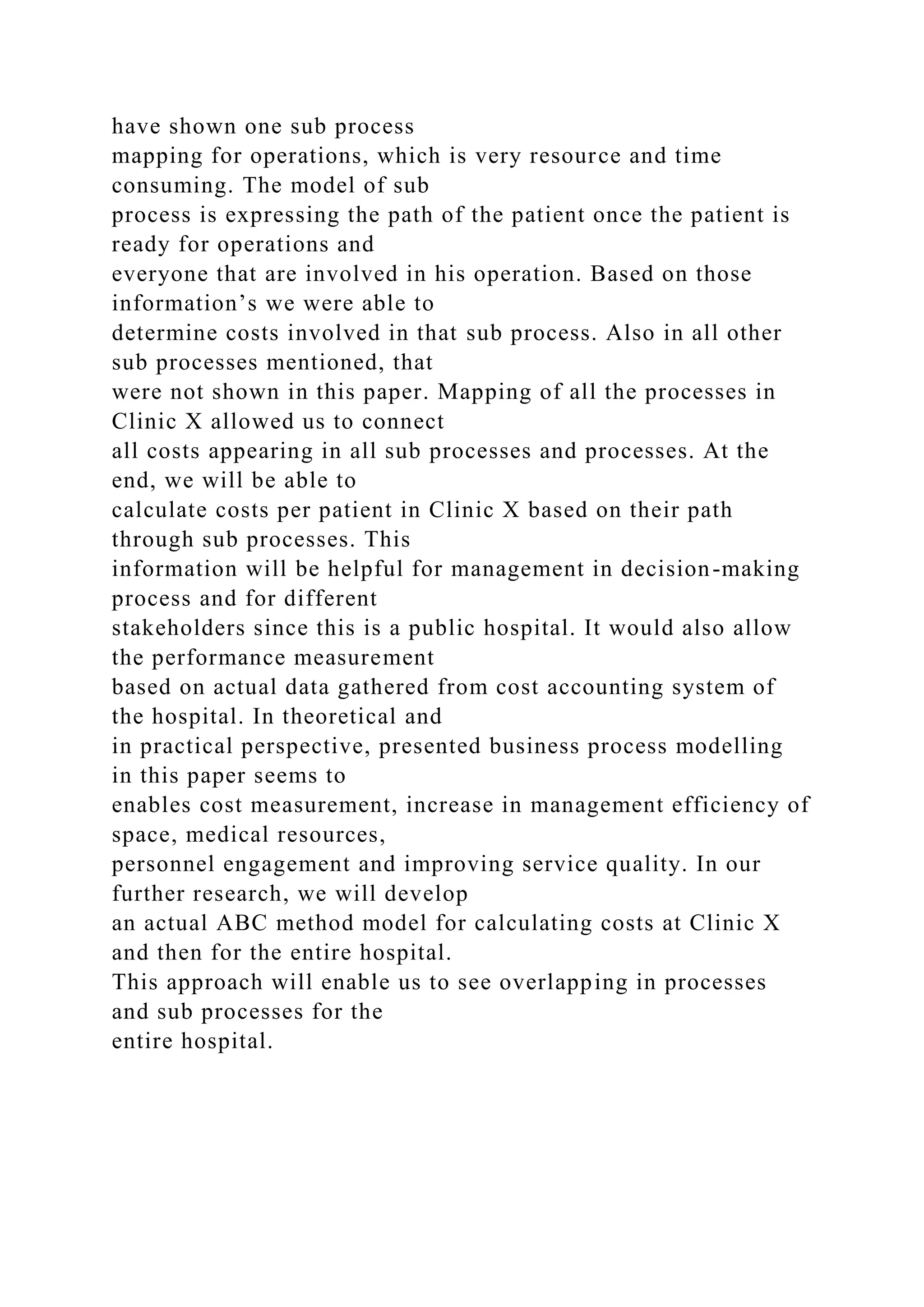
![References
Becker, J.,et al., 2007. Optimizing U.S. Health Care Processes –
A Case Study in Business
Process Management. Association for Information Systems.
Bosilj Vukšić, V., Hernaus, T., Kovačić, A., 2008. Upravljanje
poslovnim procesima [Business
process management]. Zagreb: Školska knjiga.
Bosilj Vukšić, V., Kovačić, A., 2004. Upravljanje poslovnim
procesima [Business process
management]. Zagreb: Sinergija.
Brick, A., Nolan,A., O’Reilly, J. and Smith, S., 2010. Resource
Allocation, Financing and
Sustainability in Health Care: Evidence for the Expert Group on
Resource Allocation and
Financing in the Health Sector, Dublin: Department of Health
and Children and Economic
and Social Research Institute.
Doyle, G., Duffy, L., McCahey, M., 2004. An Empirical Study
of Adoption/Non adoption of
Activity Based Costing in Hospitals in Ireland, University
College Dublin, p. 3.
Hakkinen, U., 2010. Financing of hospital care in Finland. Euro
Observer, 12(3), p-10–12.
Kautianen, K., Hakkinen, U., and Lauharanta, J., 2011. Finland:
DRGs in a Decentralized
Health Care System, in R. Busse, A. Geissler, W. Quentin and
M. Wiley (eds), Diagnosis
Related Groups in Europe. Moving Towards Transparency,
Efficiency and Quality in](https://image.slidesharecdn.com/businessprocessesinthefunctionofcostmanagementinh-230108091038-25386d4b/75/BUSINESS-PROCESSES-IN-THE-FUNCTION-OF-COST-MANAGEMENT-IN-H-docx-39-2048.jpg)
![Hospitals, Maidenhead: Open University Press.
Keller, G. ,Teufel, T., 1998. SAP R/3 Process Oriented
Implementation: Iterative Process
Prototyping. Boston: Addison Wesley Longman.
McDaid, D., Wiley,M., Maresso, A. and Mossialos, E., 2009.
Ireland: health system review,
Health Systems in Transition, 11(4), p.1–268.
Mendling, J., Neumann, G., Nüttgens, M., 2005. Yet Another
Event-driven Process Chain:
Modeling Workflow Patterns with yEPCs, Enterprise Modelling
and Information Systems
Architectures, 1 (1), p. 3-13.
Nüttgens, M.,1998. Business Process Modeling with EPC and
UML: Transformation or
Integration?. U: Schader, M. i Korthaus, A., ur., The Unified
Modeling Language - Technical
Aspects and Applications. Heidelberg: Physica-Verlag, p. 250-
261.
O’Reilly, J., Busse, R., Ha'kkinen, U., Or, Z., Street, A.,
Wiley, M.,2012. Paying for hospital
care: the experience with implementing activity-based funding
in five European countries,
Cambridge University Press, UK, p.82.
Osmančević, J., 2011. Primjena sistema obračuna troškova po
aktivnostima u zdravstvenim
ustanovama USK kao uslov povećanja uspješnosti poslovanja
[Application of ABC method in
healthcare institutions as a condition for increase in business
performance], magistarski rad [Master
Thesis], Univerzitet u Bihaću, Ekonomski fakultet Bihać
[Univesity in Bihać, Faculty of
Econmics].](https://image.slidesharecdn.com/businessprocessesinthefunctionofcostmanagementinh-230108091038-25386d4b/75/BUSINESS-PROCESSES-IN-THE-FUNCTION-OF-COST-MANAGEMENT-IN-H-docx-40-2048.jpg)
